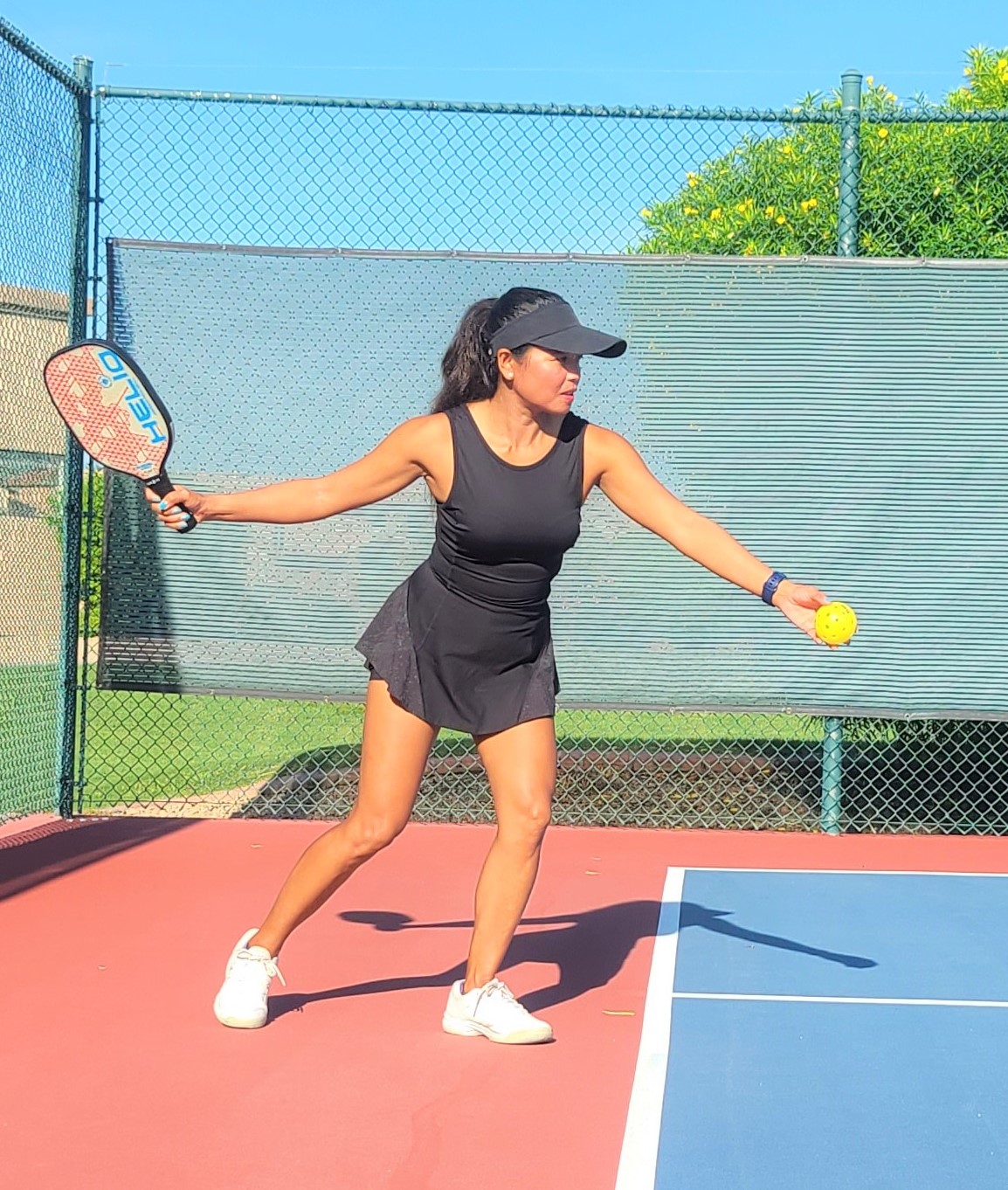On rare occasions you sometimes hit an “ace” your serve, but that is not the primary criteria for evaluating the effectiveness of your serves. A good serve is one that makes it as difficult as possible for opponent to hit a deep return. That sounds very simple, but it’s very true.
Blasting the most powerful serves possible is really not a good idea for most players. It’s typically more difficult to control serves that are hit really hard, so quite a few of them are going into the net or out of bounds. Not getting your serve in and losing any chance of scoring a point is just not acceptable. So what makes the serve an important shot, other than getting it in? The importance of the serve is derived from the fact the third shot is, strategically speaking, the most important shot in pickleball.
If you are forced to hit a third shot drop from near your baseline, your odds of winning the point are fairly low, because hitting an effective third shot drop from the back of the court is the most difficult shot in pickleball. Even if you get your third shot drop into the kitchen, you will still likely be positioned mid-court or even further back while both of your opponents are already at their no-volley lines, ready to make an offensive shot. Thus, the primary objective of your serve should be to make it difficult for your opponent to hit a deep return that forces you to attempt a third shot drop! How can you do that? There are several potential elements of an effective serve.
First and foremost is “keep your serve deep,” within a foot or two of your opponent’s baseline. The greater the distance to your baseline from where your opponent hits their return, the more difficult it will be for them to land their return near your baseline. To have the best chance of keeping your serve deep, you probably want to add some height to your serve and “loop” it somewhat to maximize the odds of hitting your target of a foot or two from your opponent’s baseline.
Second, most Intermediate and Advanced players hit their serves with some kind of spin. Spinning serves tend to bounce oddly, sometimes quite unexpectedly. These odd bounces make returns more difficult to hit and land returns with accuracy.
I hit my serves with top spin, which makes my serve bounce higher than they would without spin. This is a good thing because a higher bounce forces my opponent to take a step or two further back to hit their return. The amount of extra bounce my top spin serve has is somewhat variable, which again, makes my top spin serve more difficult to return with precision.
I add top spin to my serve by bending my knees and swinging my paddle in an exaggerated “low to high” swing motion – with a wrist snap as I make contact with the ball. The objective of this swing is to make contact with the ball, lower on the back of the ball and “brush” the ball from low to high to create the rotation of the ball. The wrist snap enhances the amount of rotation and thus, the amount of bounce when the ball strikes the ground.
Some players prefer to hit their serves with a “slicing” motion that causes their serves to bounce either left or right. Again, the objective of both the top spin and slice serve is to make it more difficult for your opponent to accurately land their returns deep near your baseline – thus forcing you to hit a difficult third shot drop. Most players tend hit one type of spin serve and stay with that one so they can hit it consistently deep.
I suggest you begin by focusing on keeping your serve deep and adding more “loop” if that helps you to target your serve more effectively. Once your serve is consistently deep, then you can experiment hitting with either top spin or slice to determine which you can make bounce the most unexpectedly – but still within a foot or two of your opponent’s baseline.



